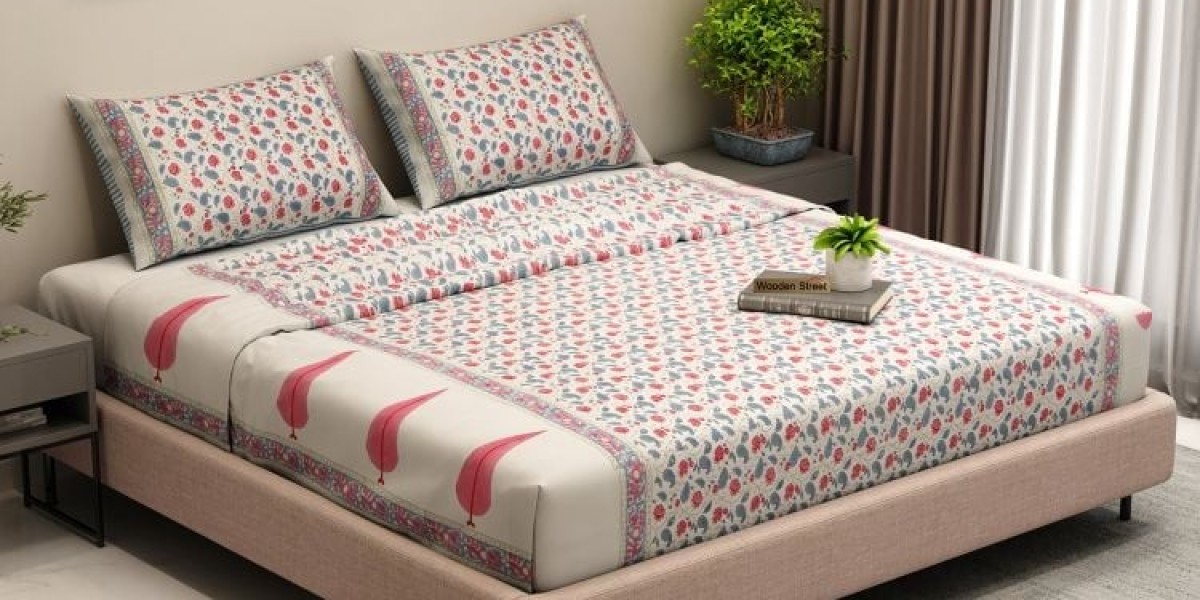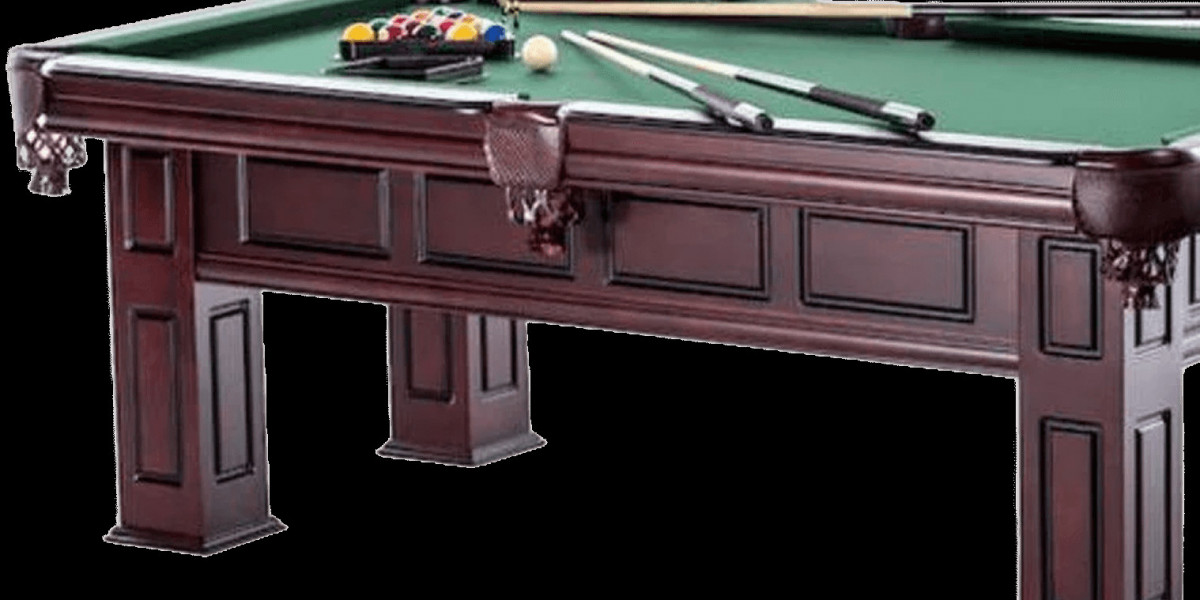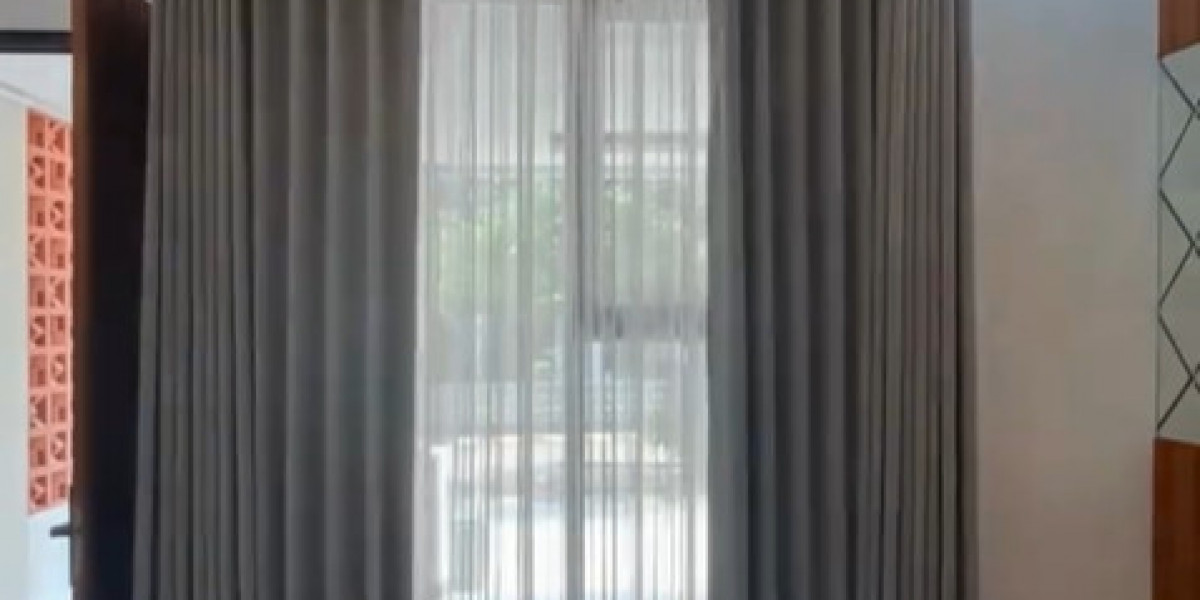Whether you're looking to refresh your bedroom decor or simply want a better night's sleep, understanding the properties of various bedsheet fabrics is essential. This guide ranks the top 10 bedsheet materials to help you make an informed decision.
Cotton: The Timeless Classic
Cotton remains the most popular choice for bed sheets due to its breathability, softness, and ease of care. It is highly absorbent and allows for excellent airflow, making it ideal for year-round use. High-quality cotton, such as long-staple varieties, becomes softer with each wash and resists pilling. The fabric also dyes well, ensuring vibrant colors that last over time. Cotton bed sheets offer a balanced mix of comfort and durability, suitable for most sleepers.
Egyptian Cotton: Luxury in Every Thread
Egyptian cotton is a premium variety known for its long fibers and silky finish. It’s prized for its unmatched softness and high thread count potential. These sheets are not only incredibly smooth but also durable and resistant to wear. They are often considered a luxury investment, offering hotel-like comfort at home. Due to their breathable nature and rich texture, Egyptian cotton bed sheets are ideal for those seeking both comfort and elegance.
Linen: Naturally Cool and Textured
Linen bed sheets are made from the fibers of the flax plant and are valued for their natural texture and breathability. They have a distinctive crispness and get softer with each wash. Linen is highly durable and ideal for hot climates due to its moisture-wicking properties. Though initially coarse, it becomes incredibly comfortable over time. It also adds a rustic charm to the bedroom, making it a favorite for those who appreciate organic aesthetics.
Bamboo: Eco-Friendly and Silky
Bamboo bed sheets have grown in popularity thanks to their sustainability and ultra-soft texture. The fabric, made from bamboo pulp, is naturally hypoallergenic and moisture-wicking. It keeps sleepers cool during warmer months and warm during cooler ones. Bamboo also resists odors and bacteria, making it a healthy choice for sensitive skin. Its silky feel and drapability add a luxurious touch without the hefty price tag of more exclusive fabrics.
Microfiber: Affordable and Wrinkle-Resistant
Microfiber sheets are made from finely woven synthetic fibers, offering a soft and smooth surface. They are highly affordable, resistant to wrinkles, and easy to maintain. While they may not be as breathable as natural fibers, advancements in fabric technology have improved their comfort levels. Microfiber bed sheets are a practical choice for everyday use, especially in households where frequent washing is necessary.
Percale Cotton: Crisp and Lightweight
Percale refers to a type of weave rather than a material, but it is most commonly made from cotton. These bed sheets feature a matte finish and a cool, crisp texture that resembles freshly ironed shirts. Percale is known for its lightweight quality and breathability, making it ideal for summer months or hot sleepers. While they may wrinkle more than other weaves, their durability and cooling properties make up for it.
Sateen: Smooth and Lustrous
Sateen is another type of weave, usually made from cotton, that results in a silky-smooth and slightly shiny surface. These sheets are thicker and heavier than percale, offering a cozy and warm feel. Sateen bed sheets are less prone to wrinkles and have a luxurious appearance that enhances bedroom decor. While not as breathable as percale, they are perfect for cooler climates or those who enjoy a heavier fabric.
Tencel: Modern and Moisture-Regulating
Tencel, derived from eucalyptus wood pulp, is an eco-friendly and innovative fabric. It is soft, breathable, and excellent at regulating moisture, making it suitable for those who sweat during sleep. Tencel is also resistant to bacteria and wrinkles, offering both hygiene and aesthetic benefits. These sheets provide a silky feel similar to bamboo but with a slightly more structured drape. Their smooth surface is also gentle on sensitive skin.
Jersey Knit: Soft Like Your Favorite T-Shirt
Jersey knit bed sheets are made from cotton or a cotton blend and feature a stretchy, t-shirt-like texture. They are soft, cozy, and offer excellent elasticity. These sheets are perfect for those who prefer a casual, relaxed feel. Jersey is ideal for cooler seasons as it retains warmth well. Though less durable than woven fabrics, the comfort they provide makes them a popular choice for children’s rooms and casual bedding.
Flannel: Warm and Cozy for Winter
Flannel bed sheets are brushed for softness and warmth, making them the go-to choice for cold weather. Typically made from cotton or wool, flannel retains body heat while still being breathable. The fuzzy surface feels cozy against the skin and is perfect for those who crave warmth during the night. These sheets may not be suitable for warmer climates but are a winter essential in many households.
Conclusion: Choosing the Best Material for Your Needs
Selecting the right bedsheet material depends on your climate, skin sensitivity, personal comfort preferences, and style choices. Natural fibers like cotton, linen, and bamboo are ideal for breathability and softness, while microfiber and flannel offer practical benefits in terms of cost and warmth. Luxury seekers may gravitate toward Egyptian cotton or sateen, while eco-conscious buyers might prefer bamboo or Tencel. Regardless of your choice, investing in high-quality bed sheets can dramatically improve your sleep and elevate your bedroom ambiance.







